Oil For Searing Steak In Cast Iron
Over the years, mastering the right oil for searing steak in Cast Iron has become important for achieving that perfect crust and flavorful finish. One crucial factor in this culinary endeavor is selecting the best oil for searing steak in cast iron. The right oil not only enhances the steak’s flavor but also withstands the high temperatures necessary for effective searing. In this guide, you’ll learn about the science behind searing, discover the top oils to use, and pick up valuable tips for your next steak-cooking adventure.
The Science Behind Searing Steak
Searing steak involves cooking meat at high temperatures to create a caramelized crust, which enhances flavor through the Maillard reaction. Understanding smoke point is vital; it’s the temperature at which an oil begins to smoke and break down. Oils with high smoke points are ideal for this process, preventing burnt flavors from developing. Examples of such oils include avocado oil (520°F), grapeseed oil (420°F), and peanut oil (450°F), making them excellent choices for searing in cast iron.
Top 3 Oils for Searing Steak in Cast Iron
Avocado Oil: The Top Choice
Avocado oil stands out as the top choice for searing steak. With a remarkably high smoke point of 520°F, it allows for optimal searing without the risk of burning. Its mild flavor complements the steak without overwhelming it, making it the ideal partner in your cast iron skillet.
Grapeseed Oil: A Close Second
Grapeseed oil is a close runner-up, boasting a moderate smoke point of 420°F. Its neutral flavor profile allows the natural taste of the meat to shine through while providing a reliable option for high-heat cooking.
Peanut Oil: A Classic Option
Peanut oil is another classic choice, characterized by its high smoke point of 450°F and distinct nutty flavor. This oil enhances the steak’s taste while ensuring a superb sear, making it a favorite for many cooks.
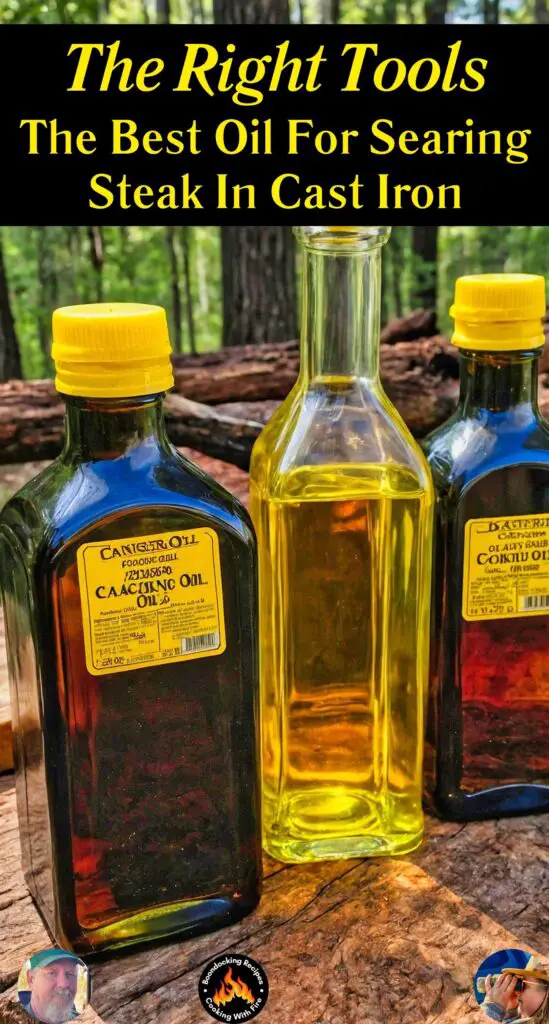
Tips for Cooking Steak in Cast Iron
To achieve steak perfection, start by properly heating your cast iron skillet until it’s sizzling hot but not smoking. Season the skillet with oil prior to cooking to prevent sticking and to enhance flavor. Ideal cooking times vary based on thickness, but aim for a perfect crust by flipping the steak only once in the cooking process.
Additional Considerations
When choosing an oil for searing steak, also consider its flavor profile and nutritional content. While avocado, grapeseed, and peanut oils are top recommendations, oils like canola and olive oil can be used, albeit with lower smoke points, which may affect your results.
In a nutshell, selecting the right oil for searing steak in cast iron is crucial for achieving a stellar flavor and crust. Avocado, grapeseed, and peanut oils will elevate your steak-cooking game. Experiment with these oils in your culinary adventures and share your results for a chance to inspire fellow cooks!
Understanding the Importance of Oil in Searing
Your choice of oil is pivotal in the process of searing steak, particularly when using a cast iron skillet. The right oil not only helps you achieve that elusive golden crust but also plays a significant role in the flavor and overall quality of the steak. Selecting an oil with a high smoke point is necessary, as it allows you to reach the high temperatures necessary for searing without burning. In this section, you will discover the importance of oil and how it impacts your cooking experience.
The Role of Oil in Cooking
On a fundamental level, oil serves multiple functions when it comes to cooking, especially with methodical approaches such as searing. It helps to transfer heat efficiently from the skillet to the meat, ensuring even cooking. When you heat your cast iron skillet, the oil becomes a medium that aids in the caramelization of the meat’s exterior, contributing to both texture and flavor. Moreover, oil prevents the steak from sticking to the skillet, making the cooking process smoother and more manageable.
How Oil Affects Meat Texture and Flavor
With the right oil, you can elevate the juiciness and tenderness of the steak. The formation of a Maillard reaction, which is responsible for the browning and complex flavors of seared meat, is significantly influenced by the type of oil you choose. Different oils impart varying flavor profiles, enhancing your steak’s overall taste. For example, while avocado oil offers a mild flavor that allows the meat’s natural tastes to shine, oils like peanut oil add an unmistakable nuttiness that can complement certain cuts beautifully.
Role in the cooking process, oil also contributes to a crispier and more evenly cooked crust. By using oils with higher smoke points, you can reach the searing temperatures needed without the risk of burning the fat. This results in that coveted golden-brown crust while locking in moisture within the steak. When dicking out oil for your cast iron searing, think about both its smoke point and how its inherent flavors will affect your meal’s overall experience.
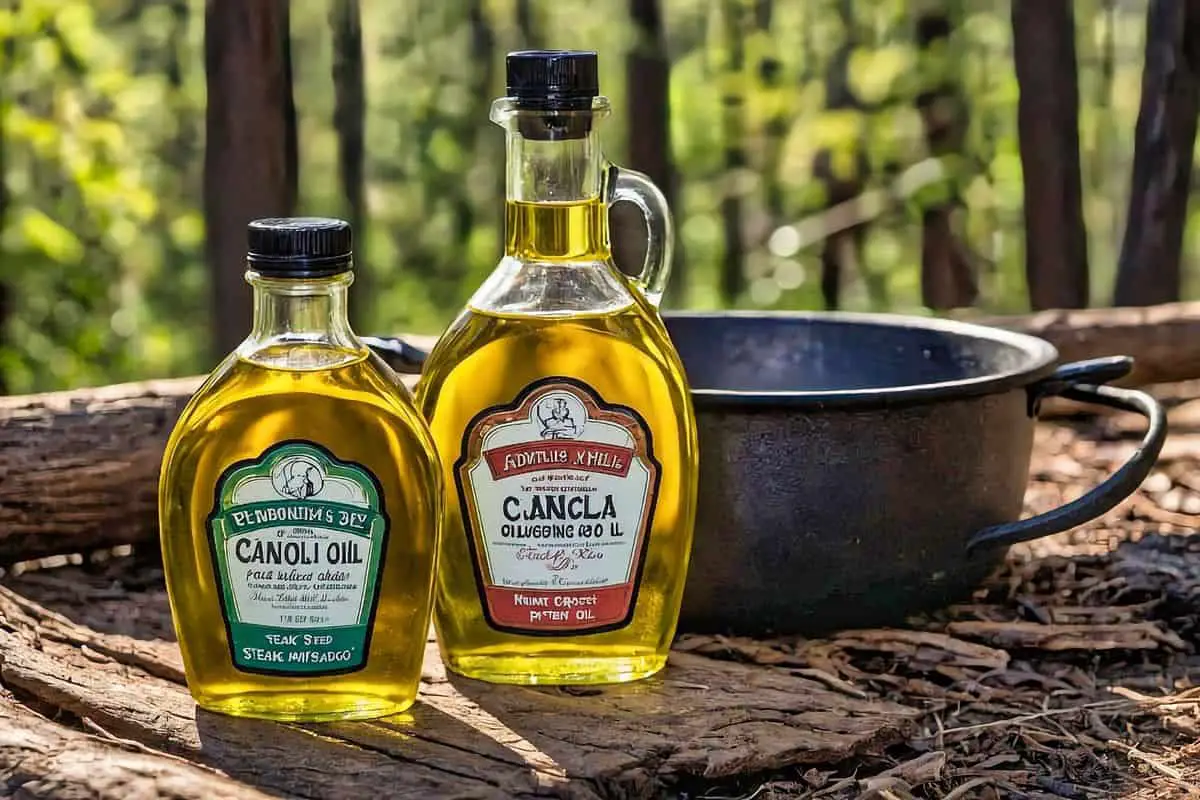
Choosing the Right Oil for Searing
Some of the most crucial choices you make when cooking steak in cast iron involve the oils you select. Different oils come with varying properties that can impact your cooking results, such as heat tolerance and flavor. Understanding these differences will help you choose the best oil for searing steak in cast iron, which is important for achieving that perfect crust. The right oil can enhance both the cooking process and the resulting flavor profile of your dish.
Smoke Point: What You Need to Know
Any cook worth their salt knows that the smoke point of an oil is a key factor in high-heat cooking. The smoke point is the temperature at which an oil begins to break down and emit visible smoke, which can create undesirable flavors and harmful compounds. For searing steak, you want to use oils with high smoke points to maintain a stable cooking environment and achieve that coveted Maillard reaction—the chemical process that gives a browned exterior its rich flavor.
To successfully sear your steak, oils like avocado oil (which boasts an impressive smoke point of 520°F), grapeseed oil (420°F), and peanut oil (450°F) are excellent choices. Each of these oils can withstand higher temperatures without breaking down, ensuring that you can get a beautiful sear without ruining the flavor of your steak.
Flavor Profiles of Different Oils
With various oils available for cooking, their distinct flavor profiles can greatly influence your steak’s taste. For instance, while avocado oil has a mild, buttery flavor that complements meats without overpowering them, peanut oil has a unique nutty taste that can add depth to your dish. Similarly, grapeseed oil has a clean and neutral profile, allowing the natural flavors of the steak to shine through.
For instance, if you prefer a subtle hint of nuttiness, using peanut oil may enhance the overall experience of your steak. On the other hand, if you want a more refined flavor that doesn’t distract from the meat itself, grapeseed or avocado oil would serve you better. Each oil carries its unique character, and choosing one that aligns with your flavor preferences can elevate your steak to new heights.
Health Considerations: Fats and Oils
Right alongside flavor and smoke point, health considerations should also weigh into your decision on which oil to use for searing your steak. Different oils contain varying amounts of fats, including saturated, monounsaturated, and polyunsaturated fats. As you select an oil, consider how its composition fits into your overall dietary needs. For instance, oils rich in monounsaturated fats, like avocado oil, are often touted for their heart health benefits.
What’s more, you might also want to take into account the cooking method and the type of steak you’re preparing. When choosing an oil that’s nutritious and fits your dietary objectives, reading the label for information about fat content can guide you toward a healthier option while still providing the ideal conditions for searing your steak perfectly.
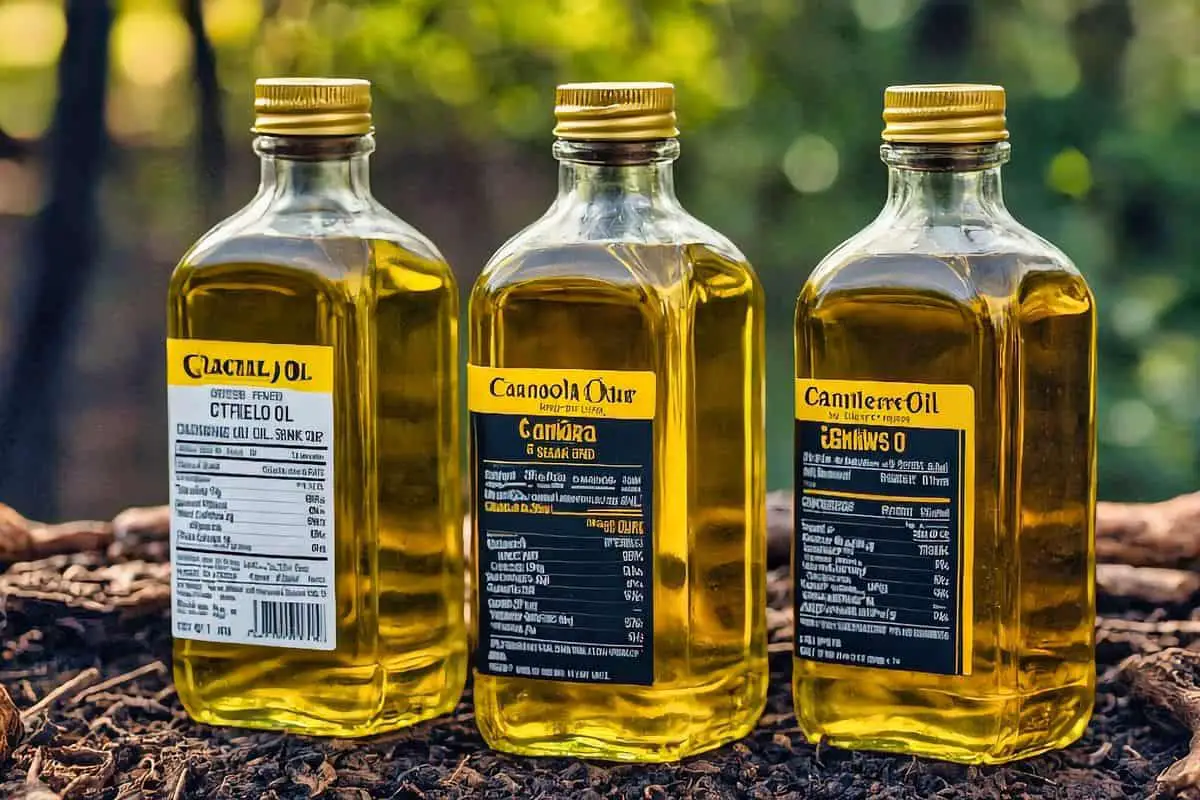
Preparing Your Cast Iron Skillet
Unlike standard cookware, a cast iron skillet requires a little extra attention to ensure it performs optimally for searing steak. The key to mastering your skillet lies in two primary factors: seasoning and preheating. Properly preparing your skillet not only enhances its cooking capabilities but also contributes to the overall flavor and texture of your steak. By following these steps, you can create a solid foundation for your cooking adventure.
Seasoning Your Cast Iron
With the right seasoning, your cast iron skillet can become a non-stick surface that helps in achieving that coveted crust on your steak. Seasoning involves coating the skillet with a thin layer of oil and baking it at high temperatures. This process creates a protective layer, preventing rust and ensuring that flavors don’t stick unnecessarily. It’s important to use an oil with a high smoke point for this task, allowing it to bond effectively to the skillet as it heats.
As you season your skillet, consider using oils like flaxseed or grapeseed oil, which not only have high smoke points but also provide durable coatings. Repeat the seasoning process a few times for the best results, gradually building up layers to enhance the skillet’s natural non-stick properties. A well-seasoned cast iron skillet is indispensable for cooking steak perfectly, creating a seamless transfer of flavors that elevates your dish.
Preheating the Skillet: Techniques for Best Results
With preheating, you set the stage for a flawless sear. The objective is to get your cast iron skillet hot enough to ensure that the steak will sear rather than steam. Preheating your skillet adequately can make a significant difference in the final product, maximizing the Maillard reaction that creates a delicious crust on your steak.
To preheat your skillet properly, start by placing it on the stovetop over medium-high heat for several minutes. You can test the temperature by flicking a few drops of water onto the surface; if they sizzle and evaporate almost instantly, your skillet is ready. For an even better result, give the skillet an extra five minutes of heating, ensuring that every part of it reaches the right temperature before introducing your steak.
Plus, consider using an infrared thermometer to check the surface temperature of your skillet precisely. This tool eliminates the guesswork and guarantees you’re hitting the optimal range for searing, usually between 400°F and 500°F. The right preparation of your cast iron skillet will dramatically impact your ability to cook steak to perfection, allowing you to achieve that restaurant-quality result every time. By mastering these techniques, you’ll be well on your way to becoming a steak-searing expert in your own kitchen.
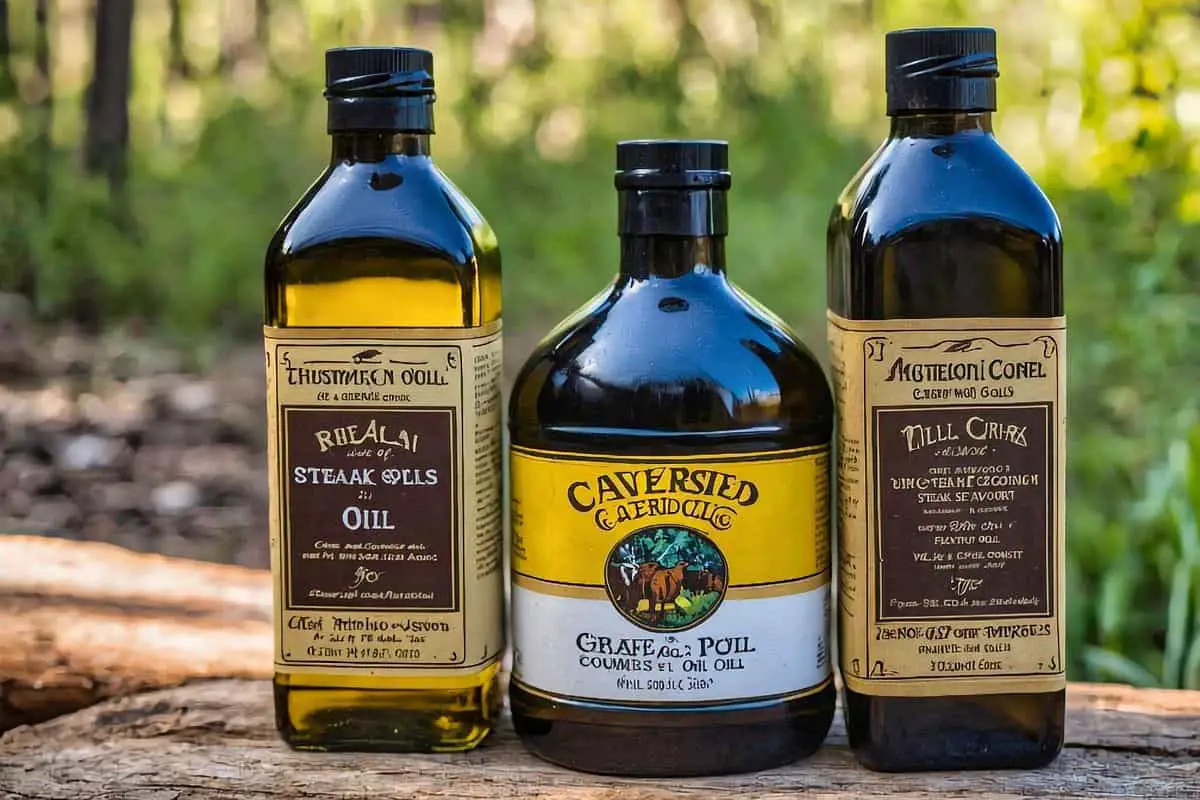
The Searing Process
Despite the differences in oils, the technique you use to sear your steak is critical to achieving that perfect crust. Searing steak in a cast iron skillet not only enhances flavor but also locks in juices. The magic happens at high temperatures, where the Maillard reaction occurs, creating those rich, savory flavors. For you to achieve the best results, mastering various searing techniques will elevate your steak-cooking game.
Techniques for Searing Steak
An excellent searing process starts with ensuring your cast iron skillet is heated adequately. Preheat your skillet on medium-high heat for about five minutes. Once hot, add your chosen oil—this will create the environment necessary for that perfect sear. The oil should shimmer and ripple but not smoke. When you place the steak in the skillet, you should hear a satisfying sizzle that indicates the surface is reaching the desired temperature. Keep an eye on the steak, as controlled heat will allow you to cook it evenly without burning.
An additional technique involves flipping the steak at the right moment to allow for an even crust. Generally, let the steak cook on one side until it develops a deep brown color, about 3-5 minutes, depending on its thickness. Use tongs to turn the steak gently; avoid using a fork, as piercing the meat lets valuable juices escape. Patience and precision are key—you can always adjust the heat if necessary before flipping, ensuring that you maintain control of the cooking process.
The Importance of Pat-Down Drying
With a few basic preparatory steps, you can significantly improve your steak’s searing potential. One of the most effective methods is patting your steak dry before cooking. By removing excess moisture from the surface, you create a better searing environment. This is crucial because water has a higher boiling point than oil, and if the surface is damp, it will steam rather than sear.
Importance of drying the steak cannot be overstated. Ensure you use clean paper towels, and press gently all over the steak, including the edges, to absorb any moisture. Drying not only helps to create a better crust but also allows the oil to coat the meat evenly, further enhancing that beautiful golden-brown exterior. This step is arguably one of the most important aspects of the searing process and should not be overlooked if you aim for steak perfection.
Timing: Knowing When to Flip
Knowing the right moment to flip your steak is crucial for achieving an even cook and a beautifully seared surface. A general rule of thumb is to leave the steak undisturbed on the skillet for a few minutes, depending on its thickness. You want the side that is in contact with the skillet to develop a perfect sear on one side before moving it to the other. A good visual cue is a deeply browned crust that appears around the edges of the meat.
Timing is everything, especially if you’re aiming for that perfect medium-rare steak. If you flip too soon, you may risk ending up with an undercooked interior and lackluster crust, while flipping too late may lead to overcooking. Use a meat thermometer to check for doneness if you’re uncertain, and remember that your steak will continue cooking after you remove it from the skillet. Knowing your ideal finish temperature is paramount in delivering a juicy, flavorful steak that you can be proud of.
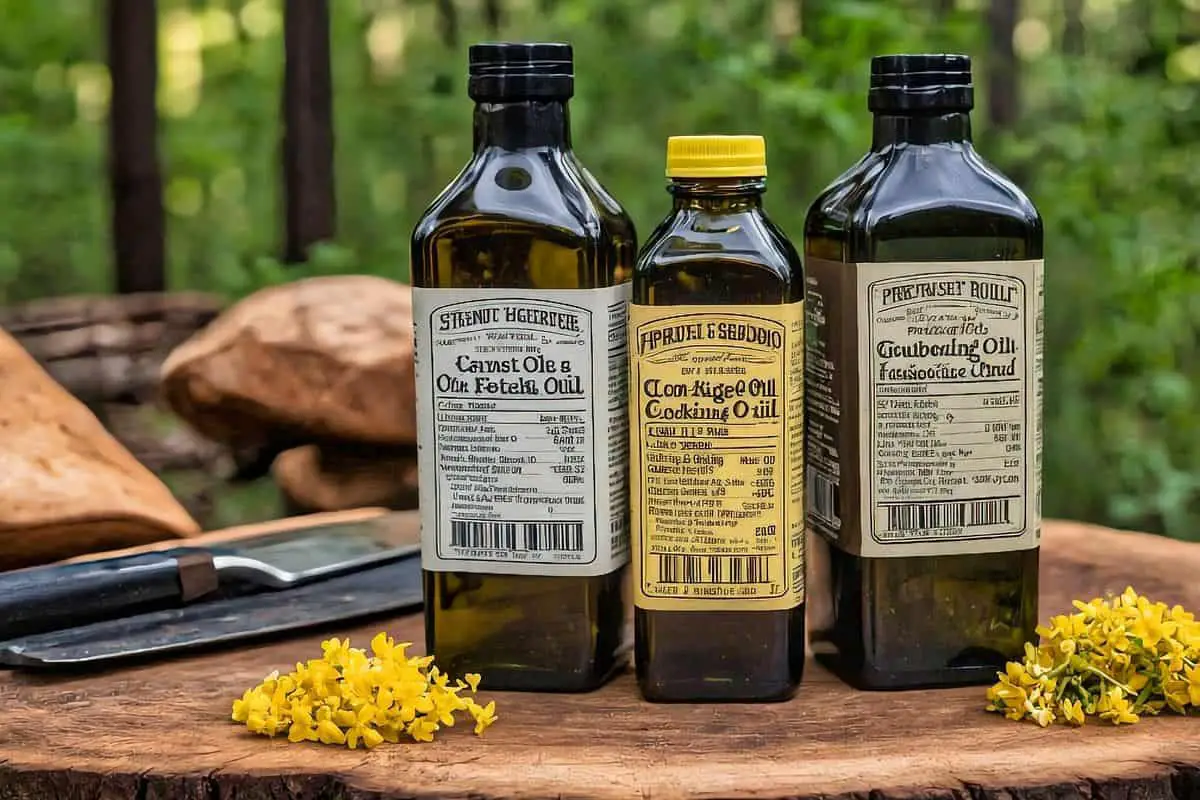
Common Mistakes to Avoid
Using the Wrong Oil
Not all oils are created equal, especially when you’re aiming for that perfect sear on your steak. An crucial mistake you want to avoid is choosing oils with low smoke points. When an oil reaches its smoke point, it not only can impart a burnt flavor to your food but may also release harmful compounds. Oils like olive oil, while popular for drizzling on salads, generally have lower smoke points and can burn quickly in high-heat cooking situations. Instead, stick to oils designed for high-temperature cooking like avocado oil, grapeseed oil, or peanut oil that are ideal candidates for searing steak in cast iron.
Also, consider the flavor profile of the oil you use. An oil with a strong flavor can overwhelm the natural taste of your perfectly cooked steak. An oil that allows the steak’s flavor to shine through, while still being capable of withstanding high heat, is your best bet. The choice of oil plays a significant role in your overall cooking experience and the final taste of your dish.
Overcrowding the Pan
To achieve that beautifully seared crust, you must avoid the common pitfall of overcrowding the pan. Placing too many steaks in your cast iron skillet at once can lower the temperature of the pan, leading to steaming instead of searing. This is particularly detrimental when aiming for that ideal Maillard reaction—the chemical process that gives browned food its distinctive flavor. Instead, cook your steaks in batches, allowing each one enough space to sear properly.
The importance of leaving ample room in the skillet cannot be stressed enough. When you overcrowd, you’re not only jeopardizing the sear, but you’re also extending cooking time, which can result in overcooked steaks. Aim to have just enough space for each piece of meat to make contact with the hot surface of the skillet, keeping the heat consistent throughout the cooking process.
Not Letting the Steak Rest
Using the right cooking techniques also includes consideration for the resting period after cooking. Not allowing your steak to rest before slicing into it is a mistake you should consciously avoid. Resting gives the meat fibers time to relax, allowing juices to redistribute evenly throughout the steak. If you cut immediately, you’ll likely end up with a plate of juices running everywhere, instead of the flavorful, juicy steak you aimed to create.
When your steak comes off the heat, let it rest for at least five to ten minutes. This critical step not only enhances the texture but also keeps your steak moist and flavorful. The difference in taste and texture between a well-rested steak and one that hasn’t rested can be remarkable, showcasing the importance of patience in achieving searing perfection.
Avoid rushing through the resting period. The longer you play the waiting game, the better the payoff will be in terms of flavor and moisture retention. You’ll undoubtedly appreciate the efforts you’ve made to achieve the perfect sear when you finally slice in and enjoy every juicy morsel.

Enhancing Flavor with Additional Ingredients
Many home cooks may overlook the importance of enhancing the flavor of steak beyond just choosing the right oil. By incorporating additional ingredients, you can elevate your searing technique and achieve that mouthwatering taste you desire. While the best oil for searing steak in cast iron is crucial for creating that perfect crust, the flavors that come from aromatics, butter basting, and marinades can take your dish to new heights.
Aromatics: Herbs and Spices
Spices play a significant role in enhancing the overall flavor profile of your steak. When searing, consider incorporating a variety of herbs and spices, such as rosemary, thyme, garlic, or even a sprinkle of smoked paprika. These aromatics infuse the oil as it heats, creating a fragrant environment that envelops your steak while it cooks. As the oil and seasoning combine, they form a delicious crust that helps seal in juices and deliver explosive flavor in every bite.
You can also experiment with various spice blends, such as a classic steak rub, to find the combination that best suits your taste preferences. The beauty of using spices is that they are versatile—whether you prefer something bold and spicy or mild and herbaceous, you can tailor your seasoning to create a unique delicious experience each time you sear.
Butter Basting Techniques
Butter is a fantastic companion for searing steak in cast iron, as it adds richness and depth of flavor. By employing a butter basting technique, you can enhance the steak’s taste while also helping to achieve that perfect gradient of doneness. To do this, simply add a couple of tablespoons of butter to the skillet during the final minutes of cooking. Using a spoon, baste the melting butter over the steak repeatedly, helping it to caramelize and soak in all those wonderful flavors.
Understanding how to properly incorporate butter during the cooking process can be the difference between a good steak and a great one. Not only does butter provide a luxurious mouthfeel, but it also helps create a beautiful golden crust while infusing the meat with its rich flavor. Pair this technique with your chosen oil for searing, and the results will be a steak that is both stunning and delicious.
Incorporating Marinades and Rubs
With the right marinades and rubs, you can add another layer of flavor to your steak before it even hits the skillet. Marinades often combine acids, oils, and various seasonings to help tenderize the meat and infuse it with flavor. Consider using a marinade with ingredients like soy sauce, vinegar, or citrus juice, paired with herbs and spices for a balance of tartness and richness. This not only enhances the steak’s flavor but also helps to maintain moisture during the cooking process.
Marinades also allow you to experiment with different flavor profiles, as they can be adjusted based on your preferences and available ingredients. Additionally, using a dry rub can further enhance the steak’s crust when searing, delivering concentrated flavors that complement the natural taste of the meat. Feel free to mix and match your favorite spices to create a unique blend that fits your steak-cooking style.
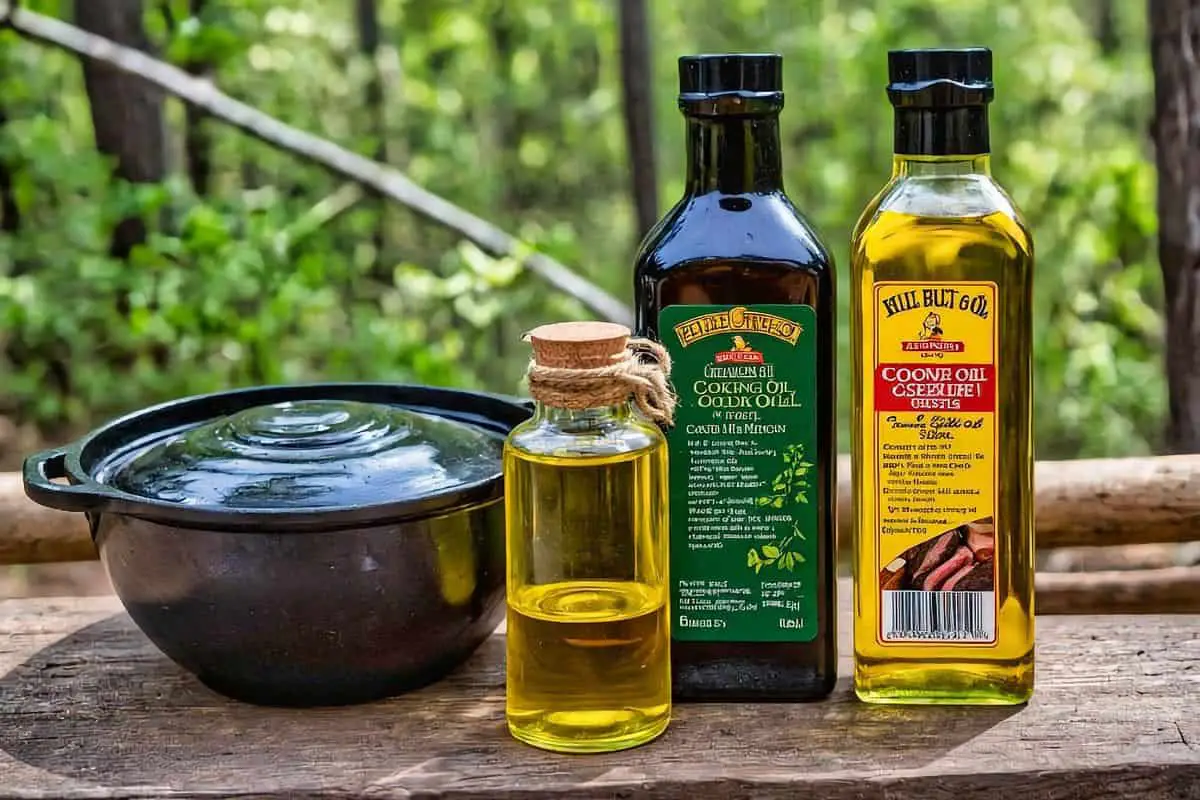
Conclusion
On the whole, when it comes to searing steak in a cast iron skillet, the choice of oil plays a pivotal role in achieving that perfect crust and flavor. You now understand that oils with high smoke points, such as avocado, grapeseed, and peanut oil, are your best options. Each of these oils not only withstands the high temperatures necessary for searing but also imparts unique flavors that can enhance your steak to a whole new level. Be mindful of, using the right oil can make all the difference in your culinary experience; it’s not just about cooking steak—it’s about perfecting it.
So, as you prepare to seize the opportunity of mastering your steak-searing skills, don’t shy away from experimenting with these oils. Each provides its own allure and advantages, and finding the one that complements your cooking style and taste preference can elevate your meal immensely. After giving these oils a try, you might discover your new favorite method for preparing a mouthwatering steak. Happy cooking!
Other Cooking Recipes You May Like
Cast Iron Camping Griddle Cooking Tips
Best Seasonings for Grilling Meats
A Guide to The Best Outdoor Cooking Equipment
5 FAQ for Oil For Searing Steak In Cast Iron
What is the best oil for searing steak in cast iron?
The best oil for searing steak in cast iron is one with a high smoke point, such as avocado oil, canola oil, or grapeseed oil. These oils can withstand the high heat needed for searing without burning, ensuring a perfect crust on your steak.
Why should I use a high smoke point oil for searing steak in cast iron?
Using a high smoke point oil for searing steak in cast iron is crucial because it prevents the oil from burning at high temperatures. Oils like avocado oil, canola oil, and grapeseed oil can handle the heat, allowing you to achieve a well-seared, flavorful crust without imparting any burnt or bitter flavors.
Can I use olive oil for searing steak in cast iron?
While you can use olive oil for searing steak in cast iron, it’s not the best choice due to its lower smoke point. Olive oil tends to burn at the high temperatures needed for searing, which can result in a bitter taste. It’s better to use oils like avocado oil, canola oil, or grapeseed oil for optimal results.
How much oil should I use for searing steak in cast iron?
When searing steak in cast iron, you only need a small amount of oil to lightly coat the pan. About 1-2 tablespoons of a high smoke point oil, such as avocado oil, canola oil, or grapeseed oil, is sufficient. This helps prevent sticking and promotes even browning of the steak.
What happens if I use the wrong oil for searing steak in cast iron?
Using the wrong oil for searing steak in cast iron, such as one with a low smoke point, can result in the oil burning and producing a bitter flavor. This can negatively affect the taste of your steak and make it less enjoyable. For the best searing results, always use a high smoke point oil like avocado oil, canola oil, or grapeseed oil.



2 comments
I dont buy the whole science behind searing steak argument. I mean, isnt it just about getting that perfect crust and flavor? Who cares about the molecular breakdown of oils? Just give me a delicious steak!
I personally think that using avocado oil for searing steak in a cast iron pan is overrated. Ive had much better results with good ol fashioned olive oil. Whos with me on this? 🥩🔥
Comments are closed.